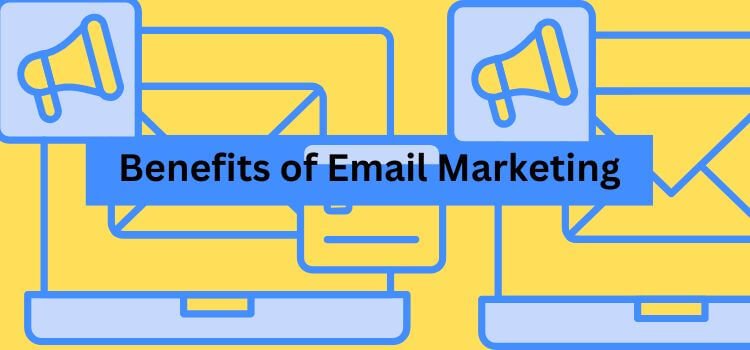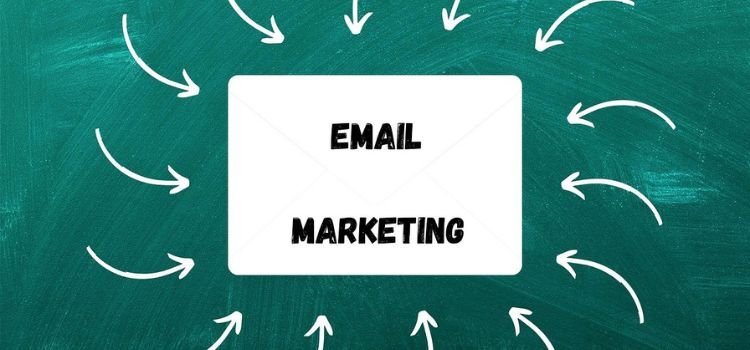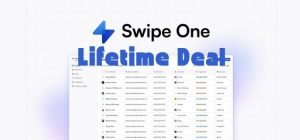Email marketing is one of the most effective ways to reach and engage customers. It’s a tool that businesses of all sizes use to share information, build relationships, and grow sales. If you’re a small business owner or part of a large company, email marketing can help you build brand awareness, drive sales, and keep customers loyal. In this guide, I will discuss, what email marketing is, how it works, its benefits, and how to use it effectively. So keep reading!
Table of Contents
What is Email Marketing?
Email marketing is a way for businesses to communicate directly with potential and current customers through email. Enterprises use it to promote their products, services, or special offers. The idea is simple: send emails to people who have shown interest in your brand or service to get them to take action—whether that’s making a purchase, signing up for a service, or sharing the email with others.
According to a 2023 report, email marketing delivers an average ROI of 42:1. This means that for every $1 spent on email marketing, businesses earn $42 in return. This high ROI makes email marketing a valuable tool for growing your business.
How Does Email Marketing Work?
Email marketing works by sending out emails to a list of subscribers or contacts. Here’s a basic breakdown of how it works:
- Build a Contact List: You need a list of people who have agreed to receive your emails. This list can come from people who have subscribed to your newsletter, made a purchase, or shown interest in your products or services.
- Create an Email Campaign: Once you have your list, you create an email campaign. This email could include information about your products, offers, discounts, or anything else you want to share with your audience.
- Send the Email: After creating the email, you send it to your contact list. This can be done manually or through an automated system.
- Track and Measure Results: After sending the email, you track how well it performs. This includes checking how many people opened the email, how many clicked on links, and how many made a purchase or took action.

The Benefits of Email Marketing
Email marketing offers several benefits for businesses. Here are some of the most important ones:
Drive Sales
One of the main goals of email marketing is to drive sales. According to a study by DMA, 59% of people say that marketing emails influence their buying decisions. By sending out emails with special offers, discounts, or information about new products, you can encourage customers to make a purchase.

Increase Brand Awareness
Another benefit of email marketing is that it helps increase brand awareness. By regularly sending helpful and engaging emails, you remind your customers about your brand. This keeps your business in their minds and makes them more likely to choose your products or services when they need them.
Strengthen Customer Loyalty
Email marketing also helps build long-term relationships with customers. When you send customers personalized and relevant content, they feel valued and are more likely to stay loyal to your brand. For example, sending a thank-you email after a purchase or a special offer on their birthday shows your customers that you care.
Read This Article Also: How to Use Mailead for Email Campaigns
Types of Marketing Emails
Businesses send several types of emails as part of their email marketing campaigns. Each type has a different purpose.
Promotional Emails
Promotional emails are sent to encourage customers to make a purchase. These emails offer discounts, special deals, or information about new products. Promotional emails are often time-sensitive, creating a sense of urgency.
Informational Emails
Informational emails are sent to share important updates, news, or valuable content. These emails help keep your customers informed about your business or industry trends. They are not focused on selling but on providing value to your audience.
Retention Emails
Retention emails are sent to keep customers engaged with your brand. These emails are designed to encourage repeat purchases or prevent customers from unsubscribing. For example, a company might send a retention email offering a discount to a customer who hasn’t purchased in a while.
Transactional Emails
Transactional emails are sent after a customer completes an action, like making a purchase or signing up for a service. These emails confirm the transaction and often include helpful information such as order details, delivery times, or account information.
How to Build Your Contact Lists for Email Marketing
Building a strong and high-quality contact list is essential for successful email marketing. Here are some practical ways to grow your list:
- Create a Signup Form on Your Website: Place a signup form where visitors can easily find it. Offer something valuable in exchange for their email address, like a free ebook, a discount, or exclusive content.
- Use Social Media: Promote your email list on your social media channels. Include a link to your signup form and encourage your followers to subscribe.
- Run Contests and Giveaways: People love free stuff. By hosting a contest or giveaway, you can collect email addresses while offering an incentive for people to subscribe.
- Offer Exclusive Deals: Encourage people to sign up for your emails by offering them exclusive deals or early access to sales.
- Leverage Existing Customers: Ask your current customers to refer their friends or colleagues to join your email list. You could offer them a reward for each successful referral.

How to Write a Marketing Email
Writing an effective marketing email is key to success in email marketing. Here’s how to do it:
- Use a Clear and Compelling Subject Line: The subject line is the first thing your readers see. Make it catchy and to the point. A strong subject line will increase your open rates.
- Personalize the Email: Use your customer’s name in the email if possible. Personalized emails are more likely to get opened and read.
- Be Clear and Concise: Keep your message short and to the point. People are busy and don’t have time to read long emails. Focus on the main idea and make sure your call-to-action (CTA) is clear.
- Use Eye-Catching Design: Make sure your email looks good. Use images, bullet points, and headings to break up the text and make it easy to read.
- Add a Strong Call to Action: Every email should include a clear CTA. Whether it’s to shop now, learn more, or sign up for something, make it easy for your audience to take the next step.

When is the Best Time to Send a Marketing Email?
Timing is crucial in email marketing. If you send emails at the wrong time, they may get ignored or end up in the spam folder. Here are some general tips:
- Best Days: Studies show that the best days to send marketing emails are Tuesday, Wednesday, and Thursday. People are generally more likely to check their emails and engage with them in the middle of the week.
- Best Time: The best time to send an email is usually between 10 a.m. and 2 p.m. when people are most likely to check their emails. However, it’s essential to test different times to see what works best for your audience.
- Avoid Weekends: Most people don’t check their work emails on weekends. If you want to reach business customers, it’s best to avoid sending emails on Saturday or Sunday.
Email Marketing Strategies for Success
To get the most out of your email marketing efforts, you need a solid strategy. Here are some strategies to help you succeed:
Segment Your Email List
Not all customers are the same, so your emails shouldn’t be the same either. Segment your email list based on customer behaviour, interests, and demographics. This way, you can send personalized emails that are more relevant to each group.
Test and Optimize Your Emails
Don’t just send emails without testing them. Use A/B testing to compare different versions of your emails. Test different subject lines, images, CTAs, and email designs to see what works best.
Automate Your Email Campaigns
Email automation allows you to send emails to customers at the right time without manually doing everything. For example, you can set up automated welcome emails, abandoned cart emails, and follow-up emails.
Use Analytics to Improve
Keep track of your email performance. Look at metrics like open rates, click-through rates, and conversion rates. This data will help you understand what’s working and where you can improve.
Frequently Asked Questions
What is email marketing?
Email marketing is when businesses send emails to customers to promote products or services and encourage them to take action, like buying something or signing up.
How does email marketing work?
Email marketing works by sending emails to people who have agreed to receive them. Businesses create and send campaigns and track results, such as open rates and purchases.
What are the benefits of email marketing?
Email marketing helps businesses drive sales, build brand awareness, and strengthen customer loyalty by sending targeted, personalized emails.
What types of marketing emails are there?
There are promotional, informational, retention, and transactional emails, each serving a different purpose of engaging and informing customers.
How do I build an email list for marketing?
To build an email list, use signup forms on your website, promote it on social media, and offer incentives like discounts or free content for subscribers.
Conclusion
Email marketing is one of the most powerful tools for growing your business. You can drive sales, increase brand awareness, and build strong customer relationships by sending targeted and relevant emails. Start by building your contact list, creating engaging emails, and testing different strategies to find the best for you.
This post contains affiliate links. I may earn a commission if you make a purchase through them, at no extra cost to you.








